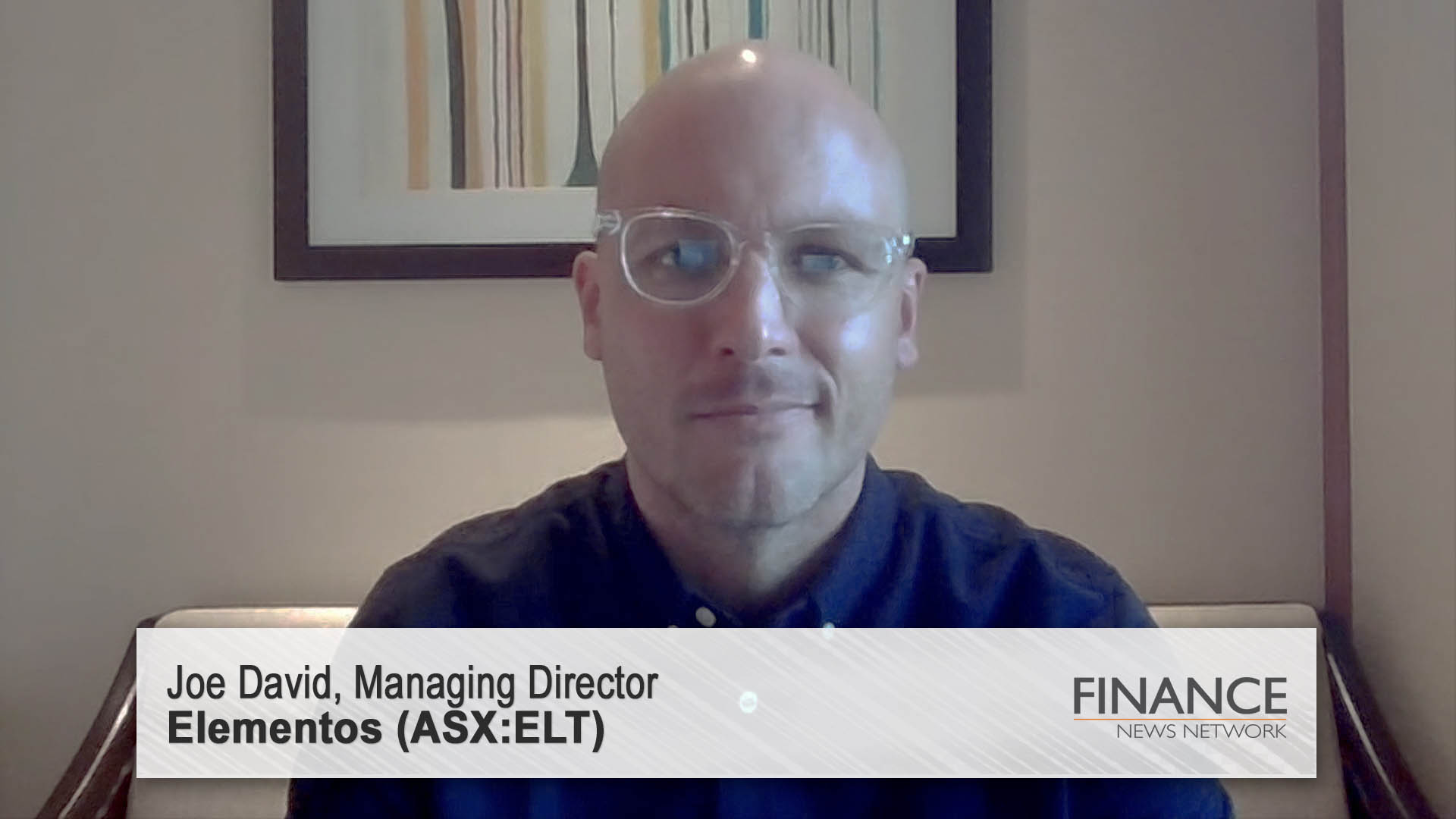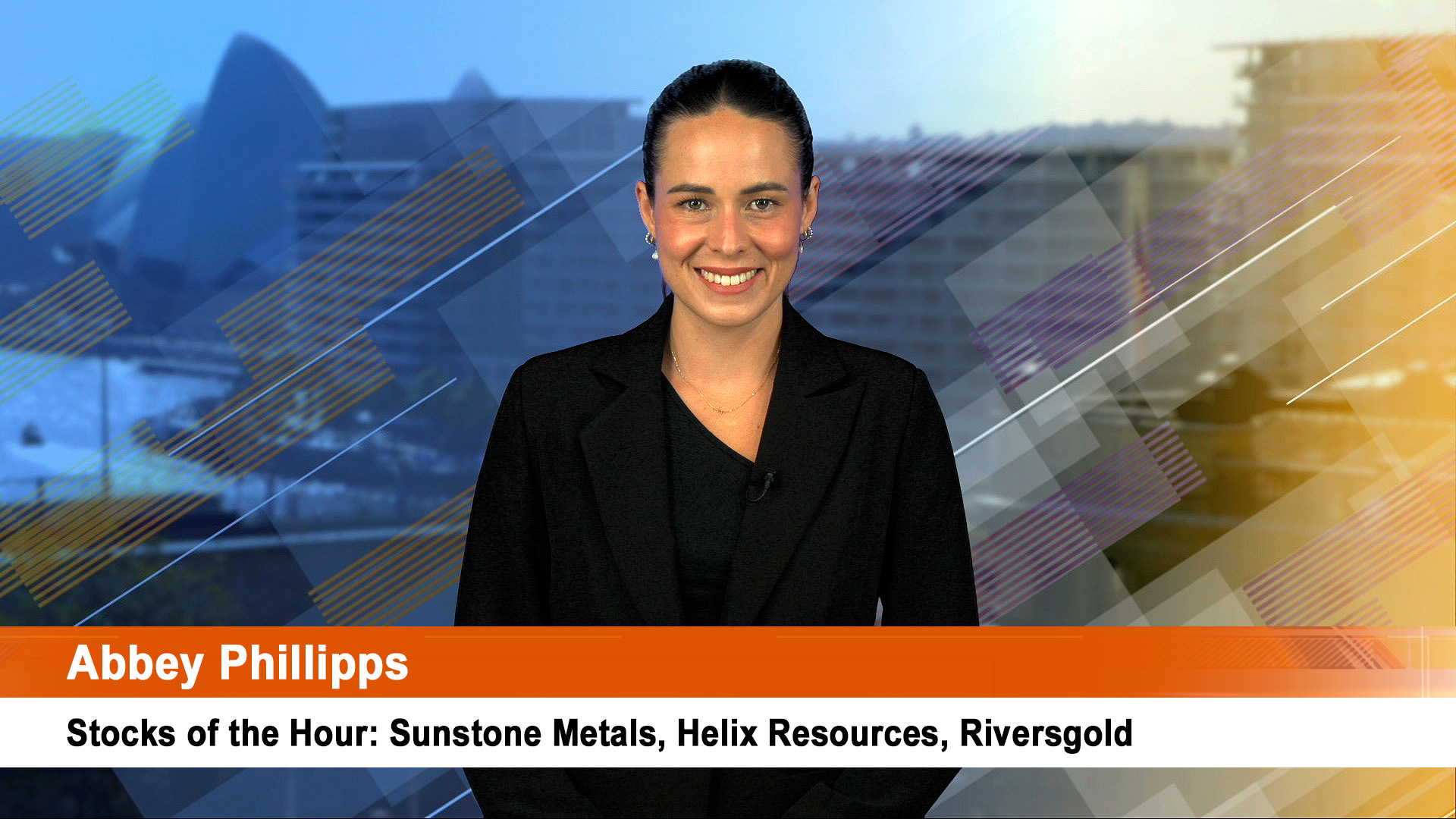As expected BHP Billiton’s (BHP) 2014-15 results were lower than expected.
And as expected BHP maintained its “progressive” dividend policy, despite full year profits sliding to their lowest level for years.
Despite much gloomy local commentary about the result, BHP shares jumped 5.5% in London trading last night.
That dividend growth was also maintained despite more cuts signalled to investment this year and in 2017, plus forecasts of weaker growth in demand for its commodities and more volatility, and weaker pricing.
The $US0.62 final dividend was in line with BHP’s promise to maintain its dividend when it spun off South32 (S32), and came as part of a weaker than expected set of full year results.
The total for the year is $US1.24 a share, up 2%.
Statutory net profit was US$1.91 billion for 2014-15, down from US$13.83 billion in 2013-14.
Underlying earnings were down 52% at US$6.42 billion.
Net profit was cut by higher non-cash charges that reduced earnings by US$US1.3 billion and included write downs against some oil fields.
Revenue from continuing operations was $US44.63 billion, down 21.7% from 2013-14 (that’s without South 32).
That BHP’s profit ended up lower is not a surprise given the way oil, gas, iron ore, copper, coal and the price of other commodities have been falling.
Oil, coal, copper have all hit six year plus lows in the past few days.
Iron ore remains depressed, with no sign of a big improvement in the offing as new supplies enter the market and BHP winds back its optimism about the future of China’s steel industry.
BHP no longer believes that Chinese steel production will rise to 1 billion tonnes between 2025 and 2030.
It now believes Chinese steel production will peak between 935 million and 985 million tonnes around 2025.
The new forecast implies that Chinese steel will continue growing, but other analysts reckon it has peaked.
And judging by the way that prices have fallen since June 30, the resources giant can’t be too optimistic about the interim result for 2015-16.
Oil prices fell by 48% during the June year, and are down a further 30%.
Iron ore and copper fell by 40% and 20% respectively. Iron ore prices haven’t moved much since June 30, but copper is down more than 15%.
As expected, the result included numerous impairments.
BHP had already announced more than $US3 billion of impairments against its US shale division and $US290 of impairments against the Nickel West business.
Yesterday, the company revealed a further $US839 million impairment on its copper division, including ore stockpiles at Escondida (because of the fall in prices) and a provision for redundancies at Olympic Dam in South Australia.
BHP shares rose by about 2% to close at $23.34 yesterday, before the release of the company’s results.
BHP cut its debt by $US1.4 billion to $US24.4 billion. CEO, Andrew Mackenzie underlined the fall in debt by saying:
“The success of our productivity initiatives generated strong cashflow which supported our dividend commitment, funded continued investment in growth and enabled a reduction in net debt, despite the dramatic fall in commodity prices,” Mr Mackenzie said in yesterday’s statement.
Looking at China, Mr Mckenzie saw more volatility flowing from China.
“In the short term we expect ongoing economic reforms in China to contribute to periods of market volatility,” he said.
“And, while we remain confident in the long-term outlook for commodities demand as emerging economies continue to urbanise and industrialise, we have lowered our forecast of peak Chinese steel demand to between 935 million tonnes and 985 million tonnes in the mid 2020’s.
“This backdrop will favour low-cost producers with economies of scale. Naturally BHP sees itself as one of those."
So it’s no wonder BHP has cut 2015-16 capex to $US8.5 billion, from the original $US10.8 billion ($US11 billion in 2014-15), which was cut to $US9 billion. Capex will reduce further to $US7 billion in 2016-17, BHP said yesterday.













